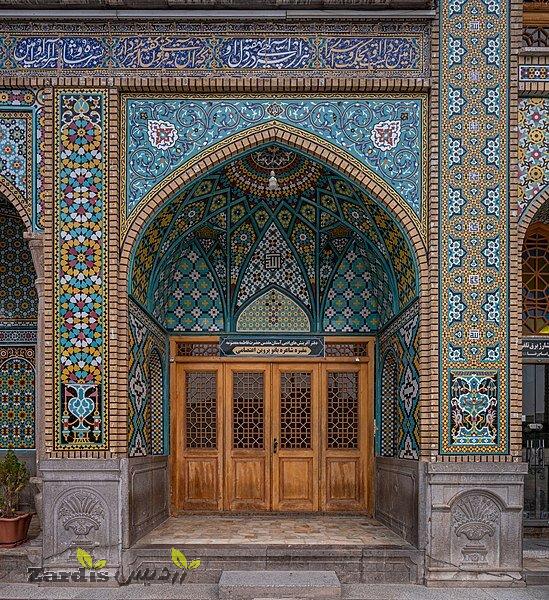TEHRAN – A team of archaeologists has commenced work on Iran’s Hirbodan hill, which is estimated to date from some 4,500 years ago.
“According to the head of the excavation team, based on data collected from archaeological trenches, the hill is associated with the Elamite civilization and dates some 4500 years,” a local tourism official has said, CHTN reported.
In addition to excavations, the survey is aimed to determine legal boundaries of the ancient settlement through carving and analyzing other trenches being carried out under the supervision of the Research Institute of Cultural Heritage & Tourism (RICHT).
Hirbodan hill is situated in Darab county of the southern Fars province that was once the heart of the Achaemenian Empire ( c. 550–330 BC), which was stretching from Ethiopia, through Egypt, to Greece, to Anatolia (modern Turkey), Central Asia and India.
Throughout the late prehistoric periods, Elam was closely tied culturally to Mesopotamia. Later, perhaps because of domination by the Akkadian dynasty (c. 2334–c. 2154 BC), Elamites adopted the Sumero-Akkadian cuneiform script.
The modern-day provinces of Ilam and Khuzestan were once the seat of power of the Elamite kingdom.
Elamite language, extinct language spoken by the Elamites in the ancient country of Elam, which included the region from the Mesopotamian plain to the Iranian Plateau. According to Britannica, Elamite documents from three historical periods have been found. The earliest Elamite writings are in a figurative or pictographic script and date from the middle of the 3rd millennium BC.
Documents from the second period, which lasted from the 16th to the 8th century BC, are written in cuneiform; the stage of the language found in these documents is sometimes called Old Elamite.
The last period of Elamite texts is that of the reign of the Achaemenian kings of Persia (6th to 4th century BC), who used Elamite, along with Akkadian and Old Persian, in their inscriptions. The language of this period, also written in the cuneiform script, is often called New Elamite.
AFM
Zardis news | The latest news of Iran and the world
All rights reserved for "Zardis news"It is protected and any copying without mentioning the source is prohibited.
Pursuant to Article 12 of Chapter 3 of the Cybercrime Law, copying the format and content will be prosecuted.







